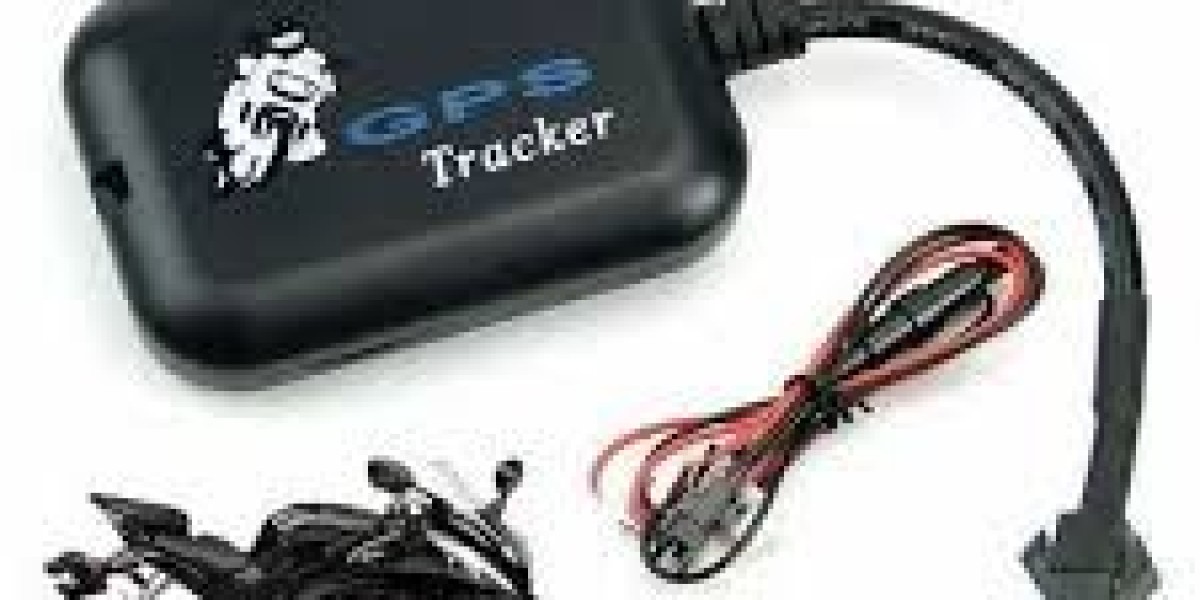As cycling continues to grow in popularity, the demand for effective bike security solutions, such as location trackers, has increased. A bike location tracker can be a valuable investment, offering peace of mind and protection against theft. However, with a variety of options available, choosing the right tracker can be challenging. In this blog, we'll guide you through the key features to consider when selecting the best bike location tracker.
Types of Bike Location Trackers
- GPS Trackers
GPS trackers offer real-time tracking and are ideal for monitoring your bike's location at any time. These devices use satellite signals to provide accurate location data, making them effective for theft recovery.
- Bluetooth Trackers
Bluetooth trackers have a shorter range compared to GPS trackers but are useful for finding your bike within a limited area, such as a parking lot or garage. They are typically smaller and more discreet.
- Cellular Trackers
Cellular trackers combine GPS technology with cellular networks to provide location data. They offer broader coverage than Bluetooth trackers and can send alerts and notifications via SMS or app notifications.
Key Features to Look For
- Real-Time Tracking
For the most effective theft recovery, choose a tracker that offers real-time GPS tracking. This feature allows you to monitor your bike's location continuously and respond quickly in case of theft.
- Battery Life
Battery life is crucial, especially for GPS and cellular trackers. Look for devices with long-lasting batteries or consider those with rechargeable options. Some trackers also offer battery-saving modes that extend life by reducing update frequency.
- Discreet Design
A discreet design is essential for preventing thieves from easily locating and removing the tracker. Many bike trackers are designed to blend in with the bike's components, such as being concealed within the frame or disguised as a bike accessory.
- Movement Alerts
Movement alerts notify you if your bike is moved without your consent. This feature can provide an early warning of potential theft and allows you to take immediate action.
- Geofencing
Geofencing enables you to set virtual boundaries around your bike. If the bike moves outside of these boundaries, the tracker sends an alert. This feature is useful for monitoring parked bikes or ensuring that your bike remains within safe areas.
- Waterproof and Durable
Since bikes are exposed to various weather conditions, choose a tracker that is waterproof and durable. This ensures the device remains functional even in adverse weather.
- Mobile App Integration
A user-friendly mobile app enhances the functionality of your bike tracker. The app should provide easy access to real-time tracking, alerts, and other features. It should also offer compatibility with both iOS and Android devices.
Conclusion
Choosing the best bike location tracker requires careful consideration of features like real-time tracking, battery life, discreet design, and additional functionalities such as movement alerts and geofencing. By selecting a tracker that meets your specific needs, you can protect your bike effectively and enjoy peace of mind, knowing that you have a reliable security solution in place.









